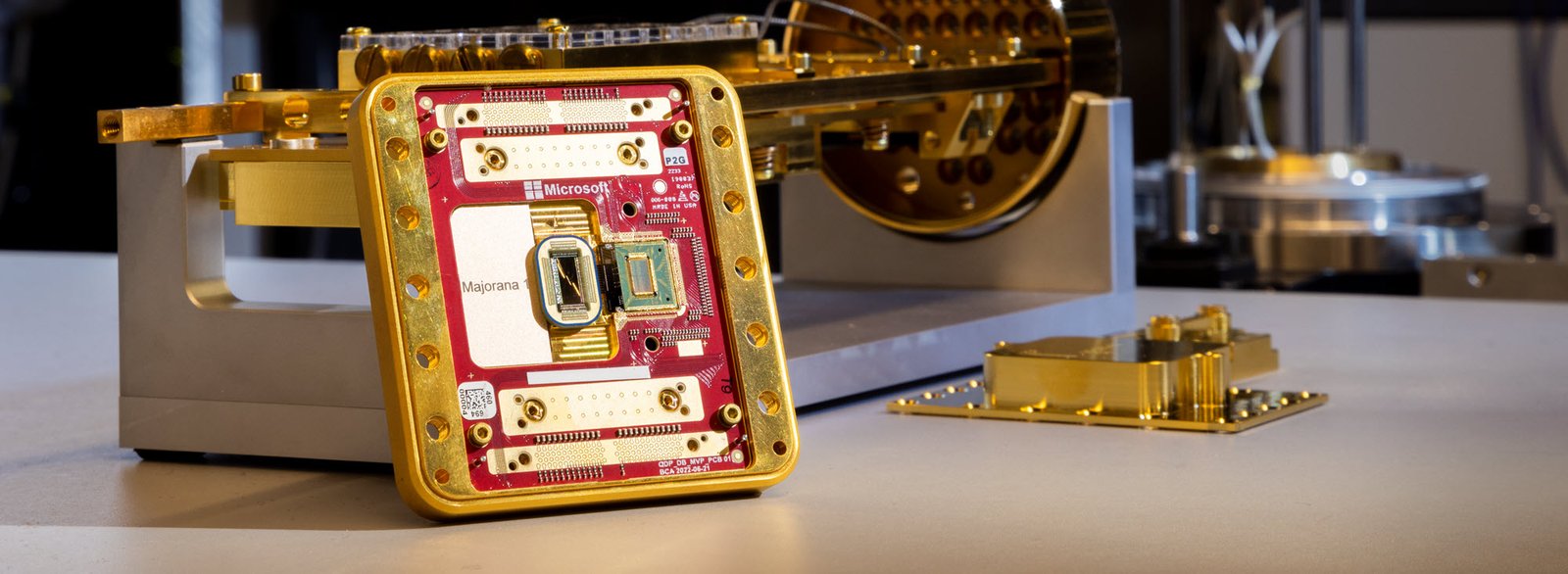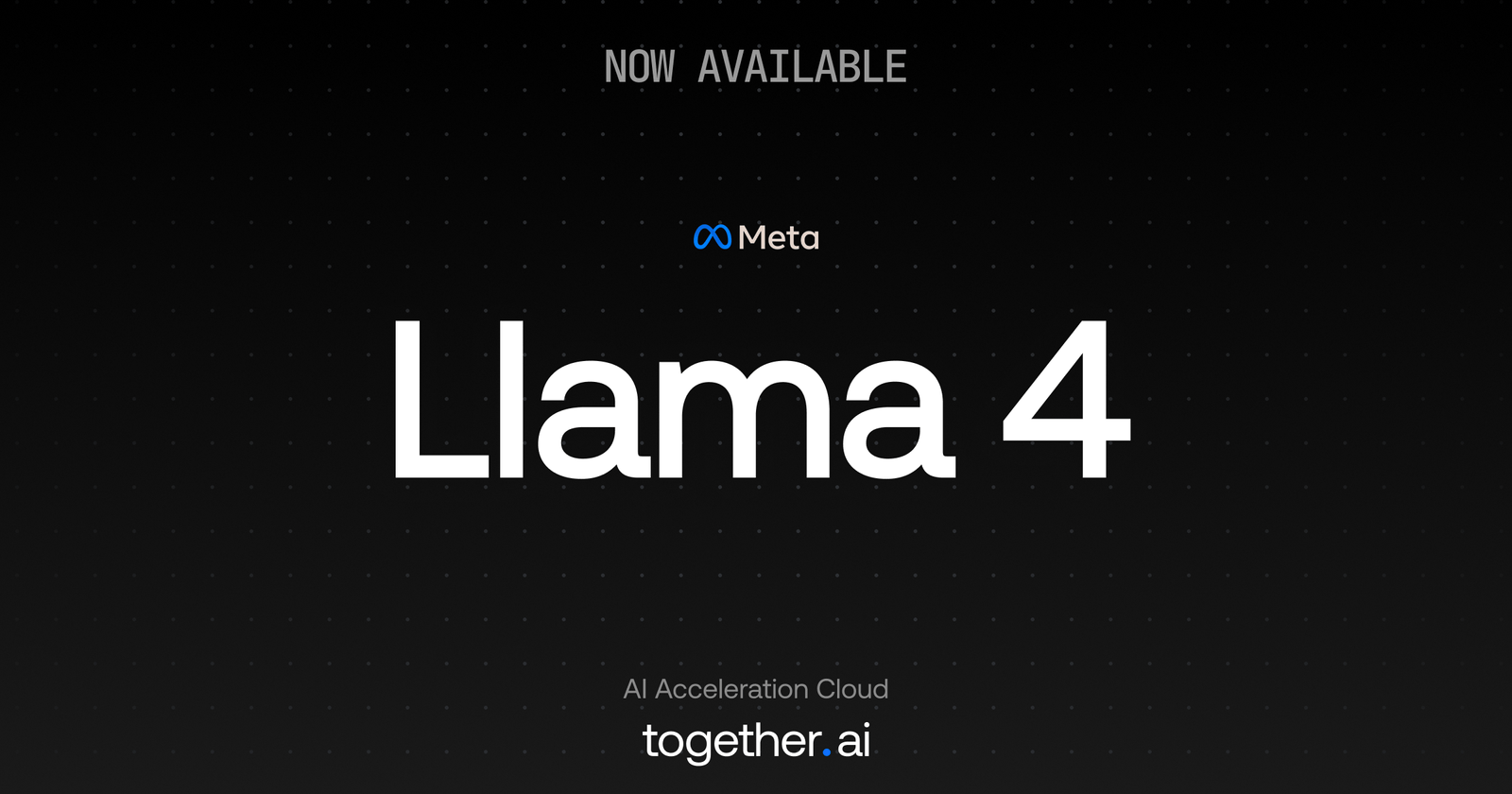Microsoft has announced the Majorana 1, a new quantum chip designed to produce more reliable and scalable qubits than previous quantum computing architectures. The tech giant considers this a major breakthrough in its journey toward building a practical quantum computer, which CEO Satya Nadella believes could be achieved between 2027-2029.
At the heart of Majorana 1 is Microsoft’s work on Majorana particles, a new type of particle fabricated using topological conductors. Unlike traditional materials, these particles exist in a topological state, which Microsoft claims offers a more stable foundation for quantum computing than conventional qubits.
What Makes Majorana 1 Different?
For the past two decades, Microsoft has focused on topological qubits, which are said to be more robust and require less error correction compared to traditional qubits. However, creating topological qubits has been a significant challenge since Majorana fermions ,the particles required to build them,had never been physically observed before.
Microsoft’s quantum team tackled this by engineering topoconductors, made from a combination of indium arsenide (a semiconductor) and aluminum (a superconductor). When cooled to near absolute zero and manipulated with magnetic fields, these materials exhibit superconducting properties that support the formation of Majorana particles.
Key Features of Majorana 1:
- Topological Core Architecture: Unlike conventional qubits, Majorana qubits are self-correcting, meaning they experience fewer errors and require less computational overhead for error correction.
- 8-Qubit System: While Google’s Willow (106 qubits) and IBM’s R2 Heron (156 qubits) outsize Majorana 1, Microsoft believes its architecture will scale to a million qubits, a threshold considered essential for practical quantum computing.
- Improved Measurement Precision: Microsoft has developed a new technique that can detect the difference between one billion and one billion and one electrons in a superconducting wire, allowing for greater stability in quantum information storage.
Why Does This Matter?
Quantum computers outperform classical computers by leveraging the principles of quantum mechanics. Unlike traditional bits (which are either 0 or 1), qubits can exist in multiple states simultaneously, allowing quantum systems to process information exponentially faster.
Microsoft believes that Majorana-based quantum computing could lead to transformative breakthroughs, such as:
- Developing self-healing materials that repair structural damage in bridges, airplanes, and electronic devices.
- Breaking down microplastics into harmless compounds.
- Revolutionizing molecular design in pharmaceuticals and healthcare.
- Enhancing AI models by using quantum systems to generate synthetic data and train better algorithms.
Microsoft vs Google: The Quantum Race
While Microsoft is pioneering topological qubits, other tech giants are also making strides in quantum computing:
- Google’s Willow Quantum Processor: Google recently announced that its quantum chip solved a problem in under 5 minutes ,a task that would take a supercomputer 10 septillion (10^25) years to complete. Google also claims to have developed an exponentially improved quantum error correction system.
- IBM’s R2 Heron Chip: IBM continues to push scalability efforts, with its focus on increasing qubit count while minimizing error rates.
Microsoft, however, argues that Google and IBM’s qubits require excessive error correction, making large-scale systems impractical. By focusing on topological qubits, Microsoft hopes to achieve a more stable and scalable quantum machine.
The Road Ahead
Despite breakthroughs in quantum research, one of the biggest barriers to practical quantum computing remains error correction. Microsoft claims that its Majorana-based approach could drastically reduce quantum errors, making large-scale systems viable sooner.
With a potential roadmap targeting 2027-2029, Microsoft’s Majorana 1 chip marks an important step toward the development of quantum machines capable of solving real-world problems at an unprecedented scale



